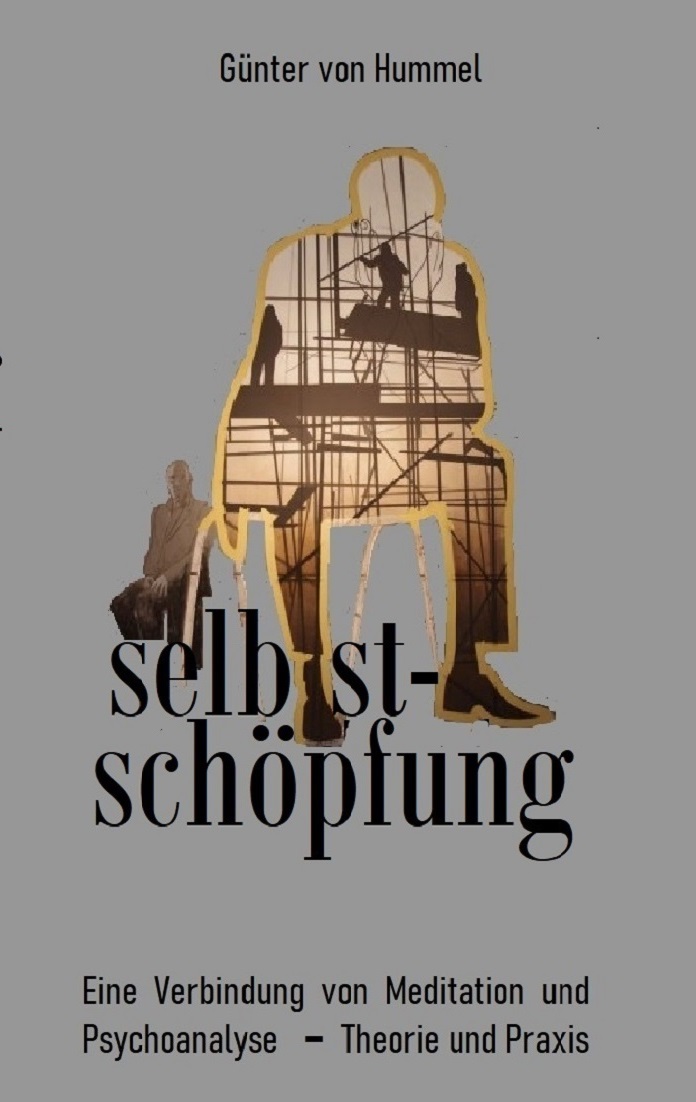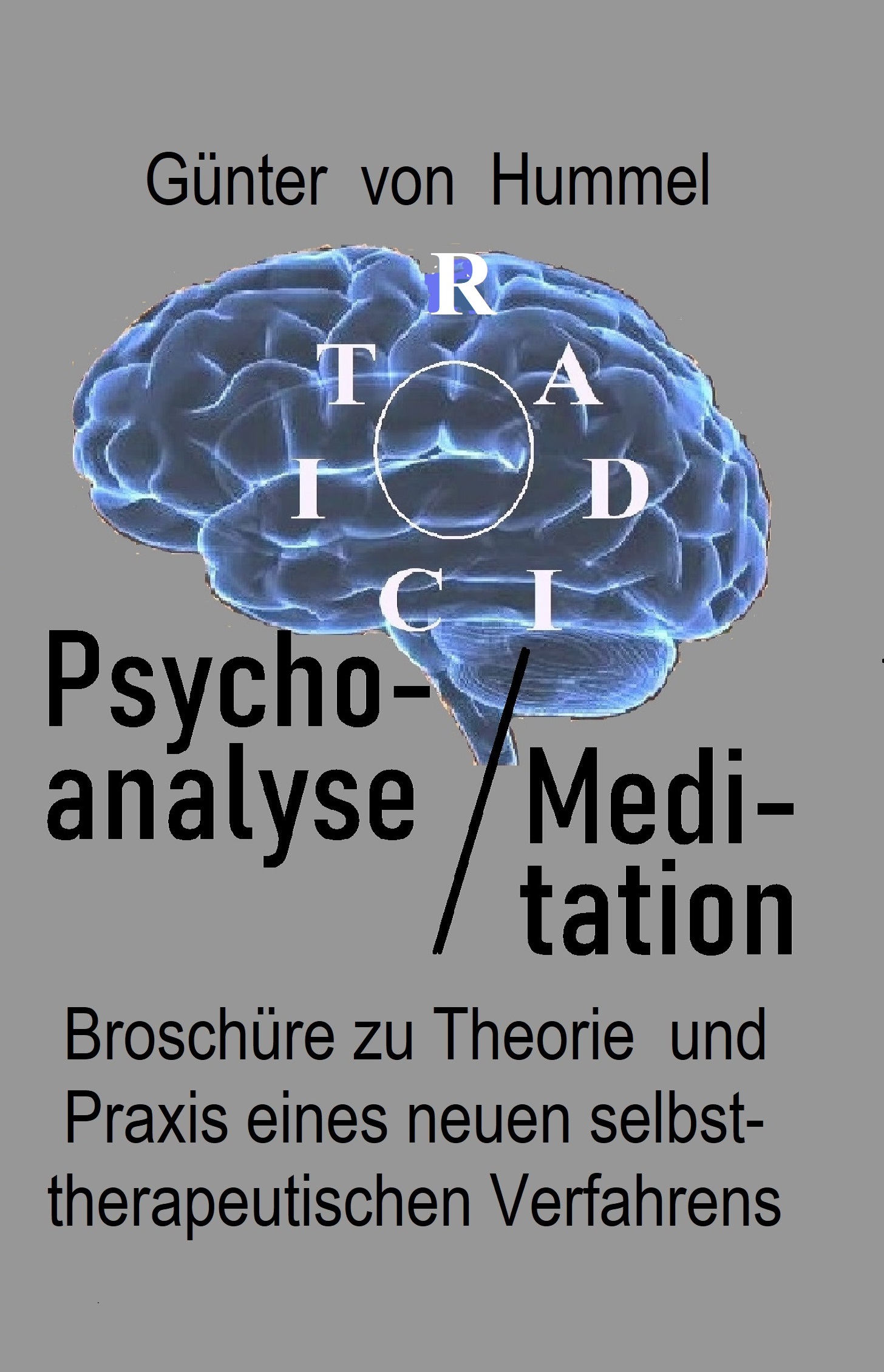In psychoanalysis we only very seldom grasp these drives in their extreme 'primary process' (Freud's term). We rather assume how these drives are represented in the psychic organization, i.e. in emotions, dreams, or symptoms.
In Yoga, it's the other way round: Here, the primary processes of 'light' (show drive) and 'sound' (speaking drive) are the starting point of qualified and experienced phenomena. Yoga literature is often based on the old Hatha-Yoga-Pradipikā of Yogaswāmi Swātmārāma written in Sanskrit in which 'light' (Kala, Yantra) and 'sound' (Nada, Mantra) are also to be experienced as the highest goal of Yoga (for example by Shāmbhavi- and Nada-Mudrā).1 But first numerous Hatha-, breathing- and Raja-Yoga-exercises need to be completed, a procedure much too complicated and difficult for present-day people, especially for those in the west. Nevertheless, it seems of high importance that yoga commences at the primary process of basic forces and drives. I will be applying this to my newly developed method which combines yoga and psychoanalysis.
On the other hand, within all Yoga-Systems, a confusing language is usually spoken (for today's readers and users). The three Gunas for example (basic attributes of spirit and matter) are called Sattwa, Rajas and Tamas (pure-true, active and solid-lethargic). But to oblige Western readers, Savitripiya translates them with electron, proton and neutron.2
Apart from the fact that natural science has more in store for us than three elementary particles, it is not clear, why Sattwa for example should be 'electronic'. Other authors equate the Gunas with psychoanalytical terms, such as Ego, id and superego,3 which makes it clear, that Gunas happen to be literary-mystical expressions, which can be identified with all and nothing. But - as just said - the best analogy is no real scientific evidence or proof at all; moreover, it has nothing to do with that. Indeed, you can only risk the experiment of relating Yoga literature and Yoga practice to modern science with the help of psychoanalysis.
1 Rieker, H.-U., Das klassische Yogalehrbuch Indiens ( The Classic Book of Yoga ), Rascher (1957)
2 Savitripriya, Psychology of Mystical Awakening, New Life Books, (1991)
3 Kumar, G., www.gnostics.com

